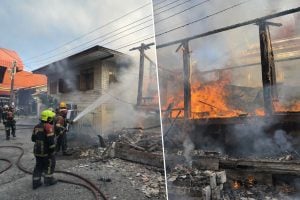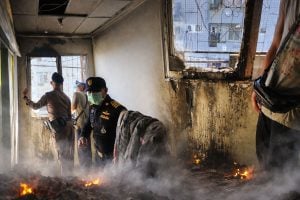Flooding in Pai: What you need to know
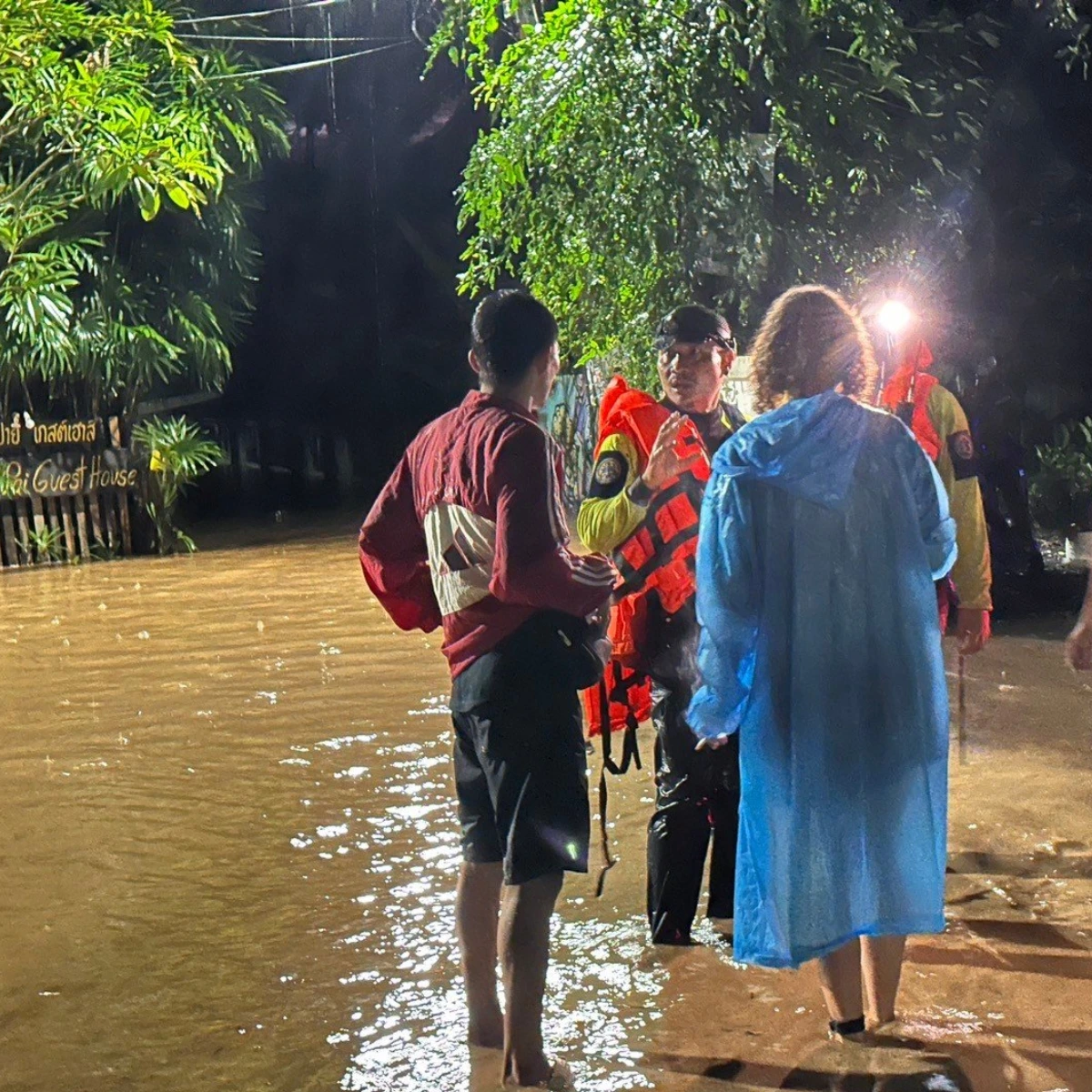
Pai, a charming town in northern Thailand’s Mae Hong Son province, recently faced severe flooding due to heavy monsoon rains. Thousands of residents and tourists had to evacuate, leading to significant property damage. This disaster highlights the vulnerability of communities near rivers and the increasing challenges posed by extreme weather, followed by flood-borne diseases.
Current situation of flooding in Pai
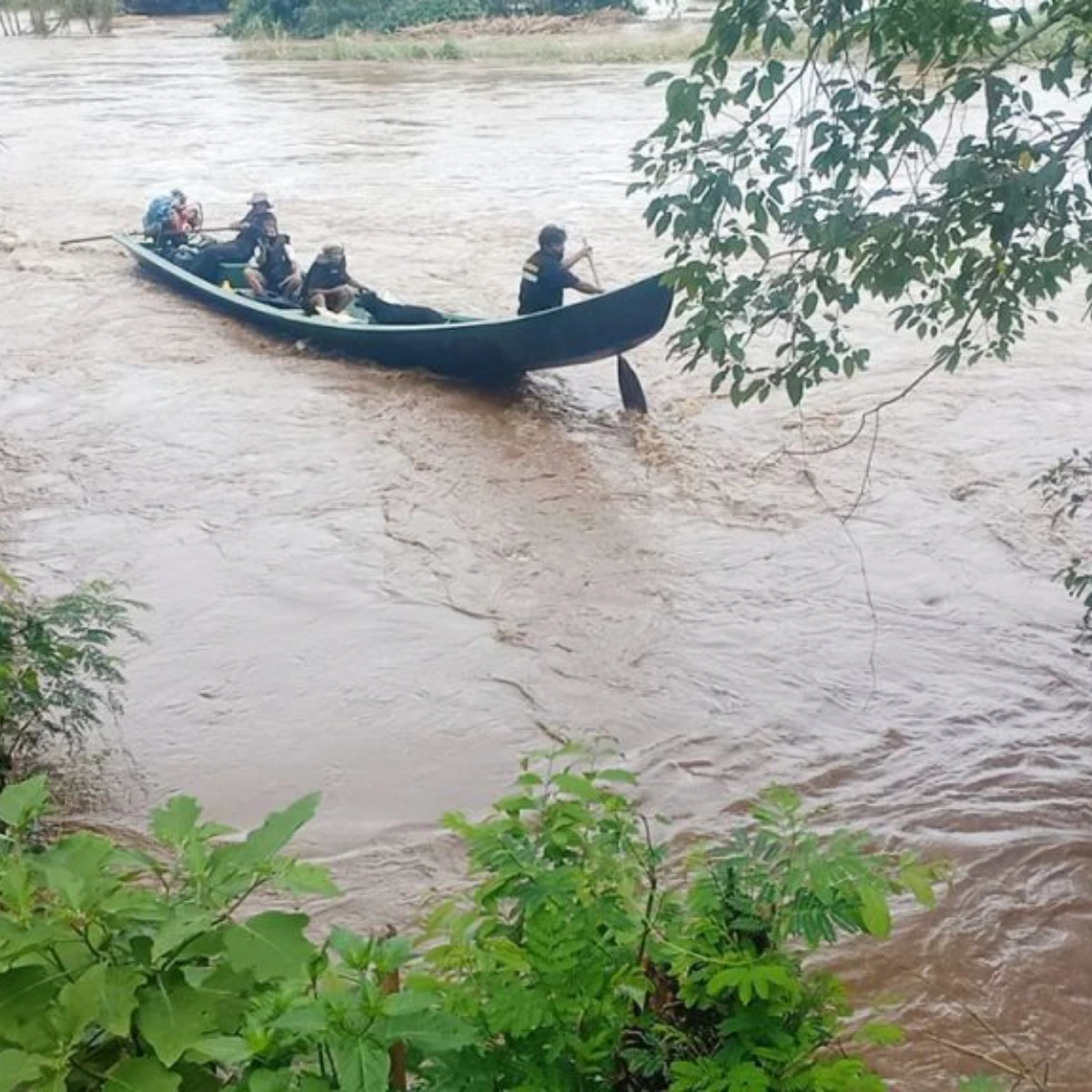
As of September 26, approximately 10,000 people, including both locals and tourists, have been impacted by the floods. The flooding began early on September 25, damaging at least 30 houses, 30 resorts, and numerous vehicles. The district chief confirmed the necessity of evacuations for those living in low-lying areas, and temporary shelters have been established for those displaced.
Evacuations and rescue operations
Emergency services responded quickly to manage the crisis. On September 25, officials successfully rescued six tourists from a resort in the Pang Mapha district by coordinating with local authorities. Floodwaters submerged the main road under 1.6 meters of water, making access challenging. Meanwhile, medical teams provided aid at shelters for those who suffered minor injuries while escaping the floods.
Medical assistance
Local hospitals mobilised medical teams to support flood victims in evacuation shelters. Reports indicate that evacuees received prompt medical care for minor injuries sustained while leaving the floodwaters.
Damage assessment
The flooding has severely damaged both infrastructure and property. Approximately 10,000 rai (around 4,000 acres) of farmland have been affected. In addition, local businesses, community resources, residential properties, and tourist facilities have suffered. The provincial governor has warned other areas in Mae Hong Son province to prepare for potential flooding, as runoff from the Pai River may impact additional districts.
Long-term consequences
The flooding raises concerns about the community’s long-term consequences:
- Infrastructure Damage: The destruction of roads, bridges, and public facilities creates challenges for recovery efforts.
- Economic Impact: Many resorts and businesses have been affected, leading to significant losses in tourism revenue.
- Psychological Effects: Residents experience fear and anxiety about future floods, especially those who have faced multiple flooding events over the years.
Community response
In response to the recurring flooding events, community leaders advocate for relocation assistance for vulnerable villages like Mae Na. Residents express concerns about future floods and seek help from authorities to move to safer areas. Local government officials are urged to take proactive steps to improve flood management systems. Additionally, enhancing community preparedness for future weather events is crucial.
Government Response
The Thai government has mobilised resources to meet the immediate needs of flood victims:
- Emergency Services: Local emergency teams are actively assisting with rescues and providing aid.
- Shelters: Authorities have established temporary shelters for those displaced by the floods.
- Public Awareness Campaigns: Officials advise residents in at-risk areas to prepare for possible future flooding by moving belongings to higher ground.
Weather forecast and future risks
The Meteorological Department has warned about ongoing heavy rainfall across northern Thailand. A monsoon trough is expected to bring more rain in the coming days, which raises concerns about further flooding in Pai and nearby areas. Residents should move their belongings to higher ground and stay alert for updates from local authorities, as conditions may worsen.
Historical context of flooding in Pai
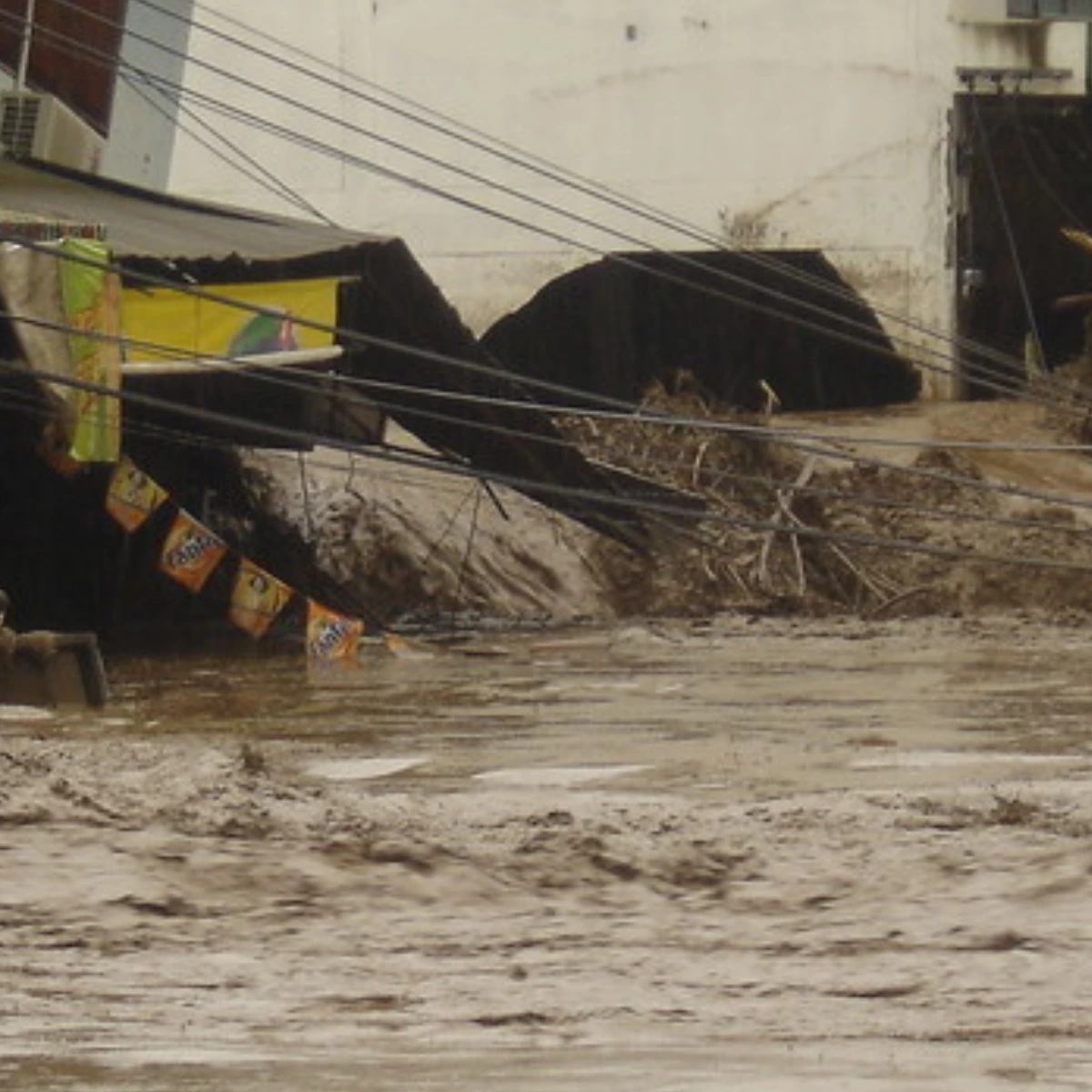
Causes of flooding
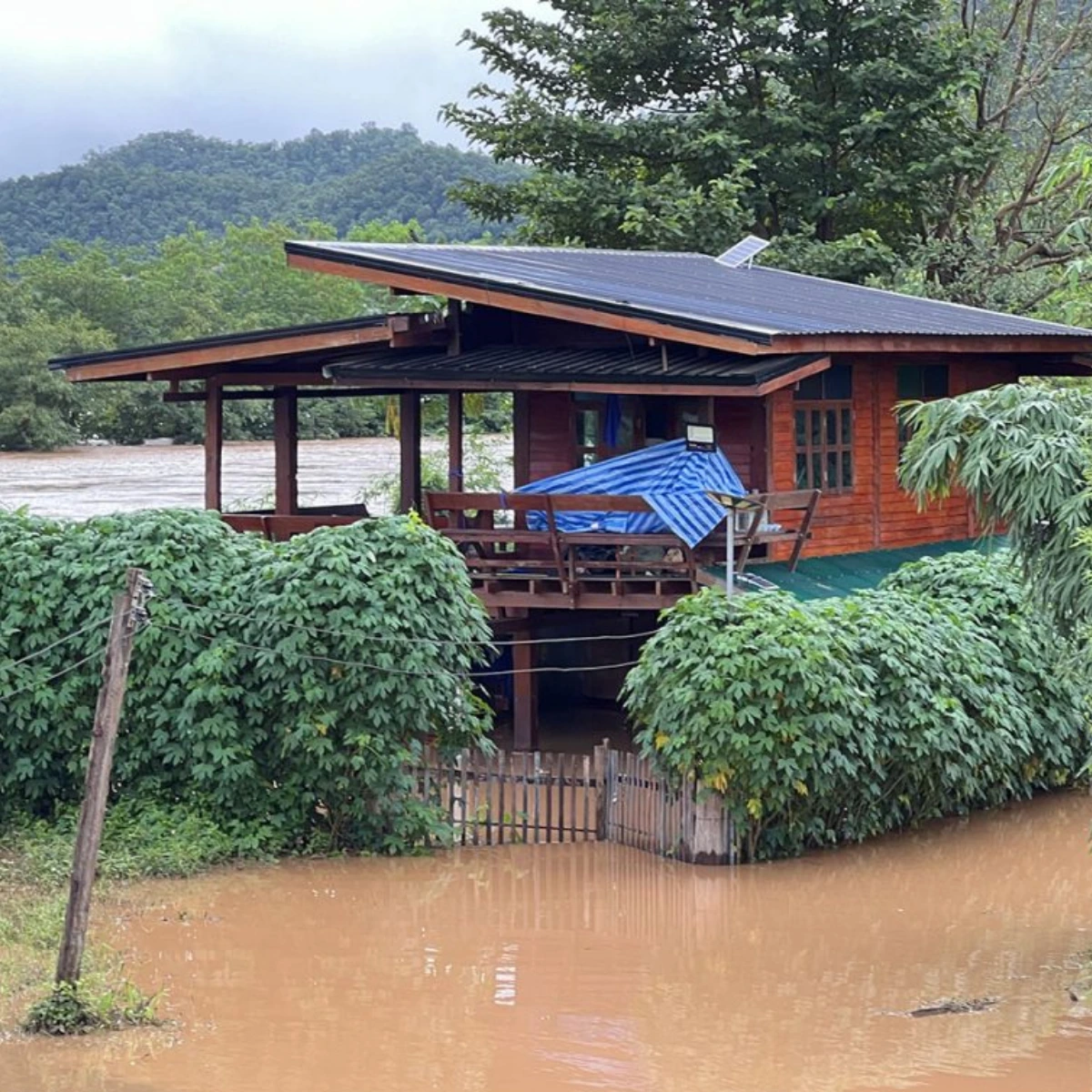
The intense monsoon season brought record-breaking rainfall to Pai. On the morning of September 25, 2024, the Pai River overflowed after heavy overnight rain, with some areas receiving over 148 millimetres of water. This sudden surge overwhelmed local drainage systems and caused flash floods that affected homes and tourist accommodations.
Meteorological factors
Several weather factors contributed to the flooding in Pai.
- Monsoon Trough: A monsoon trough across Myanmar and northern Thailand brought heavy rain to the area.
- Low-Pressure Systems: Nearby low-pressure systems intensified the rainfall, raising river levels further.
- Geographical Vulnerability: The mountainous landscape and river valleys of Pai make it more susceptible to flash floods during heavy rain.
Future preparedness
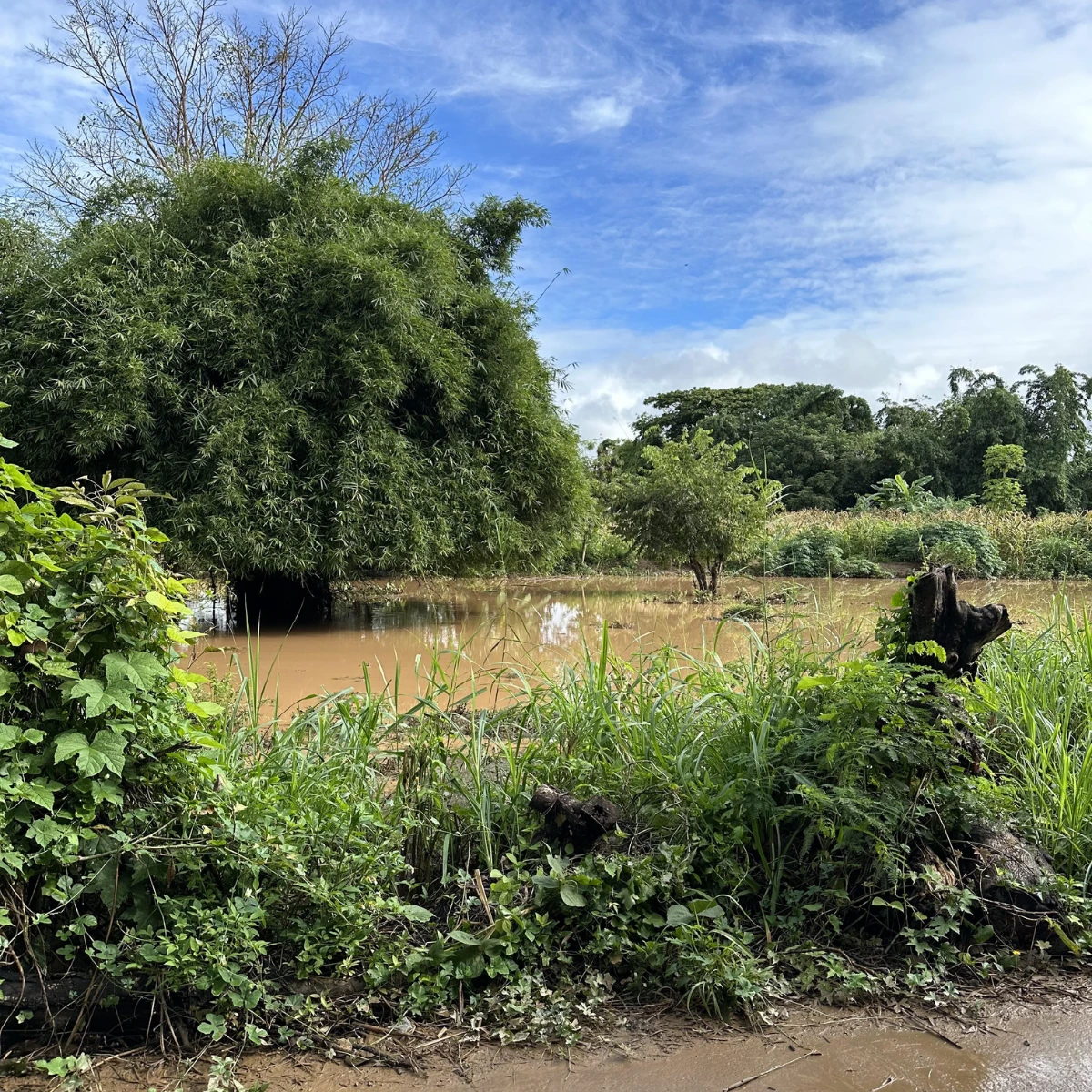
To effectively reduce the risk of future flooding, local governments must focus on infrastructure improvements.
- Drainage Systems: Upgrading drainage systems will manage excess rainfall more effectively.
- Flood Barriers: Constructing barriers along river banks can provide additional protection against overflow during heavy rains.
- Community Education: Educating residents about flood preparedness will enhance community resilience.
The recent flooding in Pai highlights the rising frequency and intensity of extreme weather events due to climate change. As communities work on recovery efforts, local governments and organisations must prioritise improving infrastructure, enhancing emergency preparedness, and strengthening community support systems. The experiences of Pai’s residents emphasise the need for proactive measures to protect vulnerable populations from future natural disasters.
For more information, check out our recent news articles about flooding in Thailand.
- Flooding in Chiang Mai what you need to know
- Flooding in Phuket what you need to know
- Thailand’s innovative approaches to flood management
Latest Thailand News
Follow The Thaiger on Google News:








